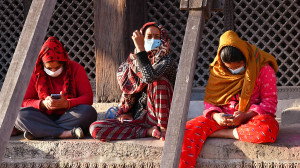Interviews
Police still using Second World War-era hunting rifles
A silver lining amid all these unfortunate events is that local communities are closer to the police, as displayed by their efforts to rebuild damaged police infrastructure.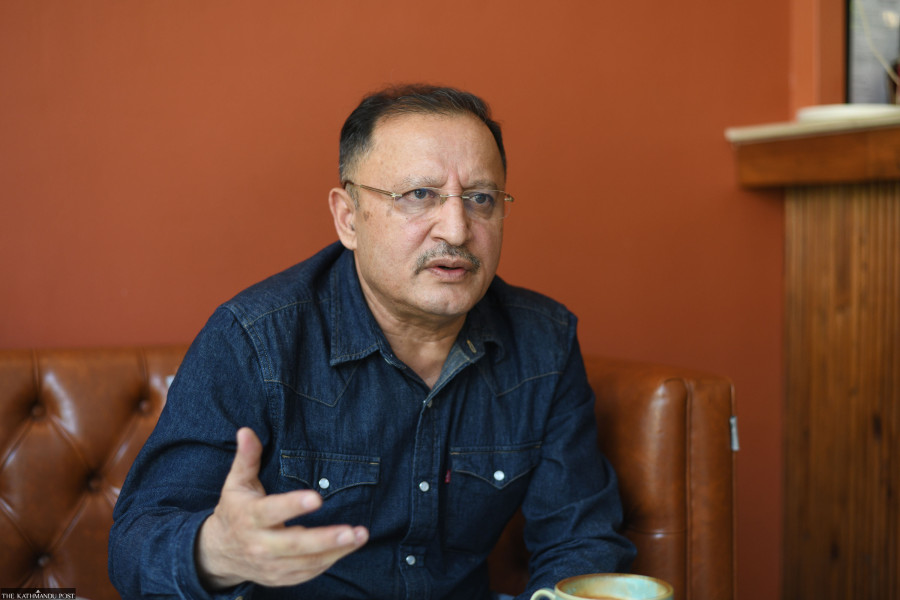
Biken K Dawadi
The Gen Z protests on September 8 exposed multiple lapses in the Nepal Police’s crowd control mechanism, resulting in 19 deaths in a day. The riots on September 9, triggered partially by the brutal display of force a day prior, left hundreds of police stations across the country in ruins. Police officers were killed, and many were physically assaulted, leaving the police force with low morale. The riots also resulted in hundreds of weapons being looted from the police and thousands of prisoners breaking free. The Post’s Biken K Dawadi sat down with former Additional Inspector General of Police (AIG) Pushkar Karki to discuss the lapses in crowd control and commanding mechanism, usage of non-lethal weapons and the security situation for upcoming elections. Excerpts:
How was the protest on September 8 different from other protests in Nepal?
The protesters who took to the streets on September 8 were radically different from the protesters generally seen in Nepal. They were individuals of the younger generation who were not called to the streets by political parties. Rather, they were summoned by various groups over social media platforms. Most protesters dissociated from existing political parties, appalled by the level of corruption in state mechanisms, thereby finding a common ground. The protesting Gen Z-ers were not organised properly. The security forces failed to anticipate the scale of the protest. The disarrayed security personnel ended up using disproportionate force, resulting in 19 deaths, the highest number of deaths of protesters caused by state forces on a single day in Nepal.
What were the lapses on the side of the security forces?
First, anywhere across the world, the police are at the frontline of crowd control during protests. It is natural to blame them as they are the ones on site. But the entire security mechanism, including the District Security Committee (DSC) and the Central Security Committee (CSC), needs to be questioned about the planning for the day.
The way the incident unfolded, the police seemed ill prepared to manage the crowd on September 8. This suggests they certainly did not anticipate such a large crowd would turn up on the day.
This situation could have been averted by monitoring relevant activities on social media platforms in the lead up to the protest. The police do not work in silos; they have multiple intelligence sources that feed them information while preparing for such protests.
What kind of flaws can be attributed to the command mechanism displayed during the protest?
On September 8, the command control was lost. The commanding individuals should have learned their lesson from the Tinkune incident in March. At the very least, they should have realised that the protesting crowds these days are poles apart from traditional crowds.
The protests organised by political parties attract a specific set of people, drawing only a few individuals from the fringes. The protesting Gen Z-ers were radically different. They dissociate from the mainstream political thought and the political parties. The parties and the government did not take this protest seriously, given the absence of a clear political affiliation among the protesters. The CSC and DSC, too, seemed to have undermined the protest.
The individuals in the command mechanism, including the National Investigation Department—all under the Home Ministry—know of the number of access ways to the Parliament Building premises. They know of the measures to push back crowds at such access points, but failed to implement said measures. There, too, the command failed.
One major part of policing is reconciling with the protesters. In 2013, during the Occupy Baluwatar movement, the police were able to make the protesters understand the legal aspects of the investigation, thereby calming the agitating protesters. During the Gen Z protest, the command failed to communicate with the protesters. In total, the operational and tactical command failed miserably on September 8.
The police could have handled the situation in multiple ways. For example, a block-by-block cordon mechanism, albeit tedious, could have been used to push the crowd back incrementally. If crowd control measures were used in a stable progression before opening fire, the situation would have been different.
The Gen Z protest did not have a distinct leader. In cases of protests without a distinct leader, there is a different set of mechanisms for crowd control. It would have been a difficult task, but it could have been done. But once the firing started, it created an environment where other personnel followed suit. The individuals commanding the usage of weapons seemed divided, fostering that environment.
Are the Home Minister and CDO involved in such decisions to open fire at the protesters?
In general, anywhere across the world, the use of force by a security organisation needs to be justified through three metrics: Proportionality, legality and necessity. In special circumstances, when the ground commander feels the need to use such weapons, they have to report it to the DSC and CSC, which issue the order to use the weapons. Since the CDO heads the DSC and the Home Minister heads the CSC, they were involved in the decision-making.
Is it time to change the way Nepal Police use non-lethal weapons?
Police should only use weapons to prevent bigger losses of property and life. We could shift from the use of inaccurate and inefficient rubber pellets to other weapons, such as those that deliver electric shocks. But the issue is that the police headquarters and the home ministry need to analyse and procure the weapons that the organisation needs.
Some personnel are still using hunting rifles used in the Second World War. Why is the police using that? Because nobody buys them proper weapons. Since the end of the Maoist insurgency, police have requested such weapons at multiple times, to no avail. The politicisation of procurement by middlemen and politicians stalled the process.
Failure to take a stand for the organisation in such cases reflects weakness of the police commanders. But in the end, it is up to the government to make such purchases. Even after multiple requests for non-lethal weapons, why didn’t the government buy the weapons?
What roles did a lack of proper training of the police personnel play during the Gen Z protest?
I hear that the budget for police training has decreased. Personnel tend to get on-the-job training as it is difficult to get many personnel in one location for a singular training. And police training is rather costly. You cannot train an individual to fire a weapon without the weapon.
But lack of training points to a bigger issue at hand: the instability in police leadership. Many police chiefs have served for under a year. Governments also change in a few months and years. Every change in government entails a change in the Home Minister, which entails a change in the Home Ministry and CDOs. This means the administrators do not get proper police training before taking office. When they lack training, such leadership cannot handle situations such as the Tinkune incident and the Gen Z protest.
How do you see the security situation leading up to the slated March 5 polls?
A conducive security environment is an imperative for holding free and fair elections. Among other responsibilities, the police have to ensure the safety of the candidates, voters and election campaigns. The polling booths are scattered across the diverse terrains of the country, and they need adequate security too. The recent damage dealt to police infrastructure and equipment worsened the security problem. The incidents of vandalism, arson and physical violence on September 9 have left personnel and officers traumatised. In addition, there are hundreds of weapons and thousands of prisoners still at large, which might pose a significant threat to the security environment.
A silver lining among all these unfortunate events is that local communities are now closer to the police, as displayed by their efforts to rebuild the damaged police infrastructure. The resources for holding elections have been damaged during the September 9 riots, but we have had instances where elections have been held with limited resources. In places with a critical shortage of resources, we might need support from our international partners to re-equip the police. The morale of the police needs to be improved. The bottom line is, despite all the security hurdles, the government can still hold the elections within six months.
How can the police’s morale be improved?
There are both short-term and long-term measures. We have to target the low-hanging fruits first. The police officers who lost their uniforms during the riots need to be given new uniforms, and those who lost private property should receive compensation packages.
The police personnel need to know that the police are meant to handle crises exactly like the one we are facing at the moment. Senior officers have lived through the traumatic experience of the Maoist insurgency, and they need to immediately run briefings and training for the junior officers and personnel.
I have heard recent police transfers have been spot on. Such a practice will result in stationing capable commanders at the ground level, which will improve morale. The home ministry should work in ways to support and uplift the morale of the police by providing adequate resources.
In the long run, measures such as timely introduction of police laws, proper structuring of the organisation and adequate communication with the police officers about these changes can improve police morale. The opinion of experts in this field needs to be understood. The benefits and remuneration of police personnel could be updated, too.




 18.12°C Kathmandu
18.12°C Kathmandu
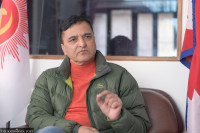
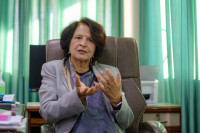
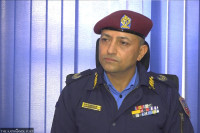
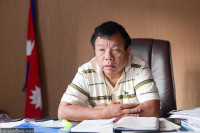

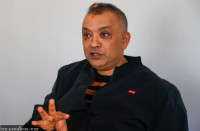
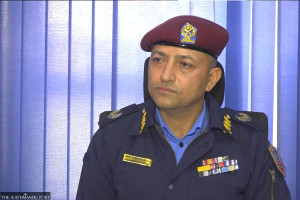
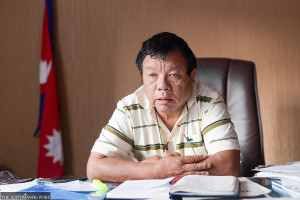

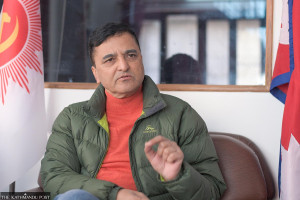


%20(1).jpg&w=300&height=200)

